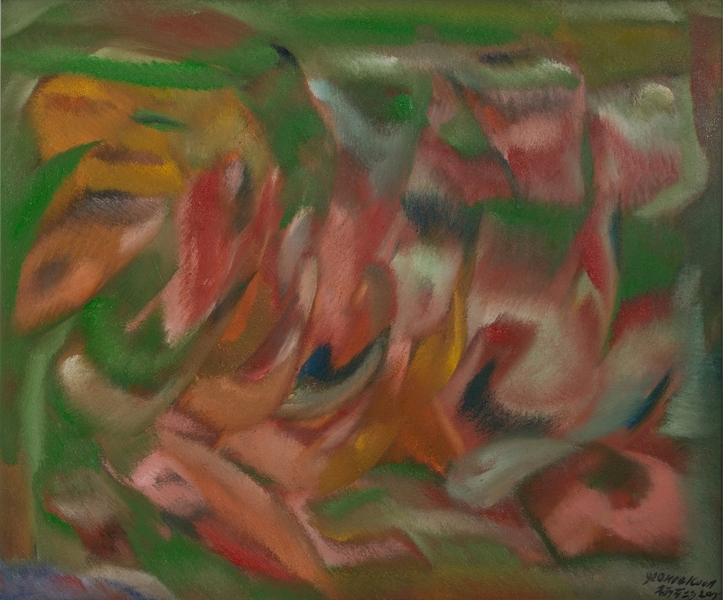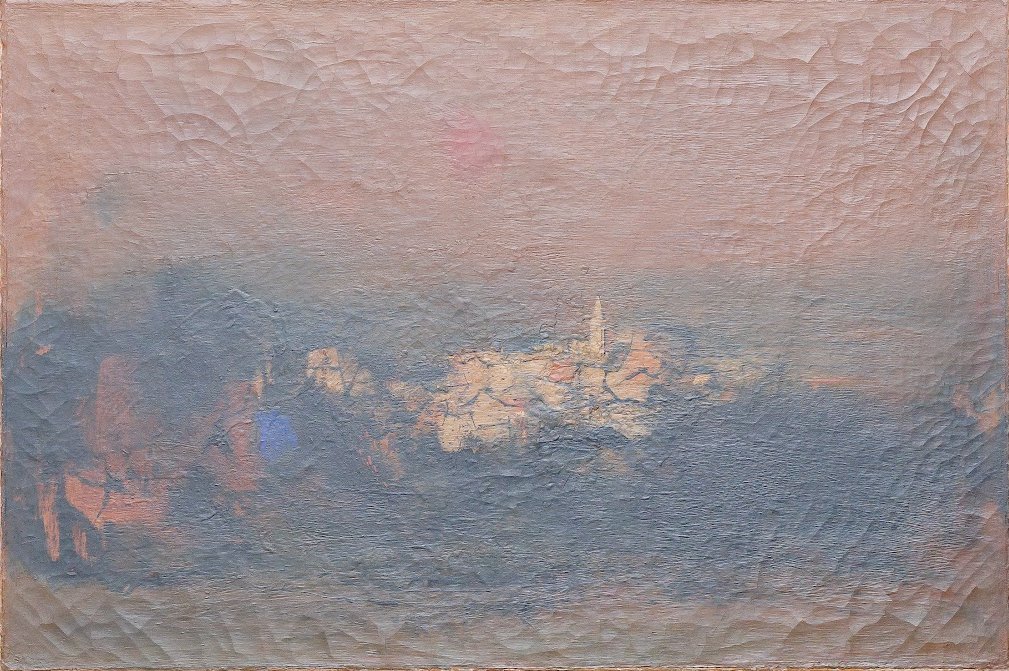Acrylic Painting on Canvas Team Bonding Art Jamming Singapore Visual Arts Centre
























Yeo Hoe Koon
Oil on Canvas
64 x 89.5 cm
Price Range: $16,000 - $20,000

Yeo Hoe Koon
Oil on Canvas
101 x 123 cm
Price Range: $26,000 - $32,000

Chen Wen Hsi
Chinese Ink and Color on Paper
50 x 54cm
Price Range: SGD $42,000 - $50,000

Cheong Soo Pieng
Red Tone
61 x 91.5cm
Price Range: SGD $108,000 - $138,000

Cheong Soo Pieng
Abstract Landscape
50 x 61cm
Price Range: SGD $95,000 -$128,000

Fan Shao Hua
Chinese Ink and Colour on Paper
100 x 100cm
Price Range: SGD $9,800 - $14,800

Fan Shao Hua
Chinese Ink and Colour on Paper
100 x 100cm
Price Range: SGD $8,800 - $13,800
Heal your heART with our ART therapy course in Singapore! Reduce mental stress by finding your outlet through art expression.
We are not foreign to the term “art therapy”, but to what extent do we truly understand it? What type of individuals would require a art therapy course? What type of methods are used during an art therapy course?



We experience varying levels of stress in our daily lives. Due to the inability to release this stress or to mange our stress levels and emotions, individuals may encounter psychological issues and distress caused by stressful situations, such as insomnia, depression, social withdrawal, anxiety and emotional instability. These problems may manifest across all age groups, with some adolescents and children exhibiting issues like autism, phobias, and attention deficit hyperactivity disorder (ADHD). In cases where the problems are not severe, art therapy courses can play a therapeutic role in their treatment.
Art therapy course, as a form of healing, utilises art mediums for the use of art and the action and process of doing art for relaxation, treatment and relieve. In the process of art therapy course, individuals may gain a better understanding of themselves and unpack emotions, be able to interpret their psychological issues, deepen the understanding of human nature, and assist in evoking patients’ individual emotions. Art therapy courses helps to uncover psychological issues and provide effective treatment and relief for patients and individuals facing such problems.


As shared by the renowned Swiss psychologist and founder of analytical psychology, Carl Jung (1875-1961), artistic creations serve as a manifestation of the human subconscious. Due to art’s unique expressive nature, the creative process allows the patient to express their feelings and potential suppressed emotions. Art therapy hence encourages patients to focus on their inner experiences and perceptions rather than external references or pictures.
Art therapy course is the perfect combination of art and psychology. It utilises various visual art materials and mediums such as painting, handicrafts, clay, sculpture and collage.
Like the rest of the world, Singapore’s Art therapy courses facilitates self-expression and self-exploration, helping to reduce negative thoughts, relieve stress and enhance self-confidence. Throughout this process, art therapy promotes and improves individuals’ physical, psychological and emotional well-being.



Early civilisation recorded their lives using drawings, and only later developed spoken language. When we narrate something, the visual scenario first appears in our minds before being expressed in words. Similarly, when we listen to someone describing something, the scenario appears is first processed in our head before we respond. Art Therapy course in Singapore aims to reduce mental stress by finding your outlet through art expression, with the goal of Healing your heART with ART therapy course!
The process of art creation involves both the right and left brain, and it is the expression of both our conscious and subconscious thoughts. Art can bring forth subconscious information that may have been overlooked, allowing for heightened self-awareness and even resolving some internal conflicts, facilitating self-discovery.


As long as the patient is open to embracing art as a form of therapy, they can join the session. Art therapy can help certain groups of individuals such as:
Individuals who struggle with regulating their emotions/ negative self-talk
Art therapy course and art education share some similarities as both use a large range of art mediums, however, art therapy’s aim is not the mastery of art techniques, but rather to use of abstract images to portray one’s feelings. As art therapy does not focus on creating a perfect, polished final work, it is not subjected to art critique by the art instructors.
Art therapy course services provided by Singapore’s Visual Arts Centre include:



|
|
|||||||||||||||||||||||||||||||||||||||||||||||||||||||


SAT |
10:30am - 12:45pm1pm - 3pm
|
SAT |
|
10:30am - 12:45pm1pm - 3pm
|
|



Address:
10 Penang Road, #01-02 Dhoby Ghaut Green,
Singapore 238469
Exit from Dhoby Ghaut MRT Station Exit B and turn left, we are there in 30m!

Address:
AZ@Paya Lebar, 140 Paya Lebar Road, #03-04,
Singapore 409105
Exit from Macpherson MRT Station Exit A and turn left, we are right across the road, 1 minute walk away!
Have any questions? Please drop us an enquiry form and we’ll respond to you as soon as we can!
"*" indicates required fields
Click and get to our WhatsApp
Embark on a captivating journey into the vibrant world of digital art! Our Foundation in Digital Art workshop invites budding creatives aged nine and above to unleash their imagination and hone their artistic skills in a dynamic, supportive environment. From mastering basic digital tools to crafting mesmerizing digital masterpieces, children will explore a spectrum of techniques guided by seasoned mentors. Through hands-on activities and interactive sessions, participants will discover the endless possibilities of digital expression while fostering creativity and critical thinking. Join us for an exhilarating adventure where young artists transform ideas into stunning visual realities, igniting a passion for digital art
In the Batik Introduction Handkerchief Painting workshop, participants will learn the traditional art of batik, a wax-resist dyeing technique originating from Indonesia. The workshop begins with a brief history and overview of batik, highlighting its cultural significance and various techniques. Participants will then observe a demonstration of applying wax with tjanting tools and dyeing the fabric. Following the demonstration, each participant will design and create their own batik handkerchief, applying wax to create patterns and then dyeing their fabric. The workshop concludes with a group discussion, allowing participants to share their creations and reflect on their learning experience.